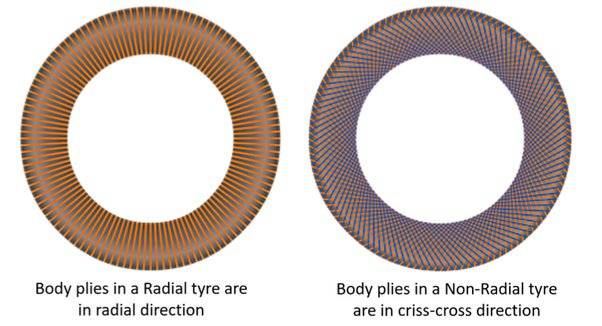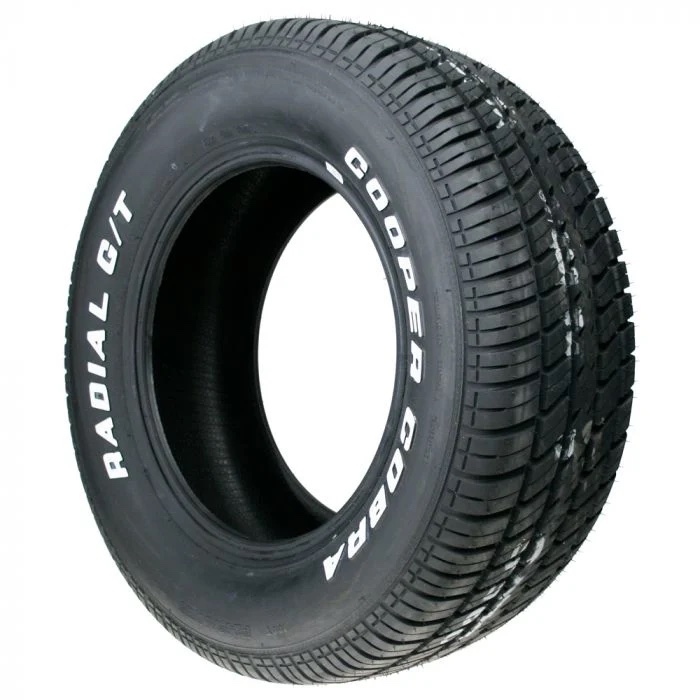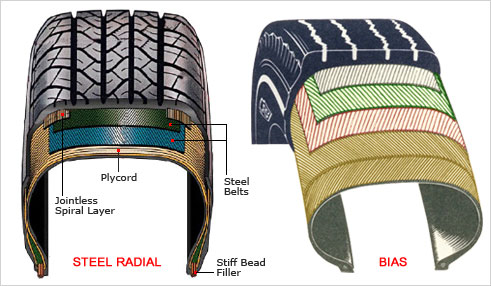Your Shopping Cart
Your cart is empty.
Subtotal ( items)
Instant Rebate Applied:
Promo Code Applied: ID.me Discount Applied:
Have a Promo Code?
Size:
Item
Item
Selected for:
/ each
Add-Ons
Wireless air pump capable of pumping up to 150 psi with 2000 MAH power bank.



Fully protect your clothes and vehicle interior during transportation of your tires. For Tires up to 31" tall and wheels up to 22".
Per sensor
Add TPMS Sensors
/per sensor
Please confirm the make, year, model and trim of the vehicle you want to purchase for:
How many sensors do you need?
The vehicle you have selected is not compatible with aftermarket TPMS Sensors.
Enter a different vehicle to add TPMS sensors

 Front Tire Size:
Front Tire Size:
 Rear Tire Size:
Rear Tire Size:
 Your Vehicle:
Your Vehicle:
Pros & Cons of Staggered Fitment

Attractive Design

Improved Handling

Improved Cornering
Bumpier Ride
Poor Traction in Snow
How do I find my tire size?



Need help?
 Your Vehicle:
Your Vehicle:
Pros & Cons of Staggered Fitment

Attractive Design

Improved Handling

Improved Cornering
Bumpier Ride
Poor Traction in Snow
How do I find my tire size?



Need help?
Pros & Cons of Staggered Fitment

Attractive Design

Improved Handling

Improved Cornering
Bumpier Ride
Poor Traction in Snow
Need help?
Need help?
How do I know if I have an LT tire?

 Your Vehicle:
Your Vehicle:
Sorry, we could not find any available
wheels for your sizing selections.
Need help?
Radial vs. Non-radial Tires: What's the Difference?
By Tire Agent Staff
February 25, 2022
There is so much more going on inside your tire than what meets the eye. Most people don't give much thought to the actual science put into tires. They probably just see a round-shaped rubber object and move on with their lives.
But when you're shopping for such a critical item responsible for your family's safety and comfort, that's no way to do business. It's better to research the ins and outs of a product and find out as much as possible to make an informed decision.
Don't worry. We're here to help. Today we're going to explain the difference between radial and non-radial tires with a few excellent options to help make the best decision for your situation.
Radial vs non-radial tires
Let's define radial tires, the most common version found on today’s vehicles.
Radial tires are manufactured with cords laid bead to bead at 90 degrees that run perpendicular to the direction of travel.
So, why would you care about a tire's cord configuration? It's simple. The cord design prevents internal friction by stopping plies from rubbing against each other. This means less friction and reduced heat build-up, which in turn helps facilitate a softer and more comfortable ride.
Next, steel belts are built into a radial tire's tread to increase stability. The steel belts hold a tire's tread flat, creating a consistent contact area with the road.
Radial tires deliver a softer ride because of the layout of the tire's plies and the flex of the sidewalls, ensuring more stable contact with the road’s surface and a smoother ride. You'll also feel less vibration as you drive.
But a smooth ride isn't the only benefit of radial tires. Other advantages include reduced fuel consumption due to less rolling resistance. Who wouldn’t want to save fuel with the crazy high gas prices these days? And with less heat generated by the tire, you can expect extended tire life. Sweet!
Radial vs bias-ply tires (What are non-radial tires? And why buy them?)
Non-radial tires are also known as bias-ply tires. These are typically made with nylon cords that are layered, creating plies that extend diagonally from one bead to the other. That means the tire's sidewall and tread have the same structure.
Each consecutive ply is laid at an opposing angle to the first, forming a crisscross pattern. The tire's stability is created using additional layers. This layering system makes for a remarkably durable tire with high puncture resistance.

The graphics from Bridgestone Tire Company above illustrate radial vs. non-radial tires.
Why would you want bias-ply tires as opposed to radials? Think off-road vehicles and those who like to play in the mud. Non-radial tires are also used with construction, farm equipment and trailers because they're less expensive and easier to repair. Their crisscross patterned cords create more rigid sidewalls, leading to a smoother ride on rough surfaces.
Since a bias-ply sidewall carries some of the load, it allows sidewall lugs to extend beyond the shoulder to expand the available contact surface. Bias-ply tires conform more readily in the tread, offer a more compliant ride off-road, and typically cost less than equally sized radial tires.
Despite the advantages bias-ply tires deliver off-road, they have numerous drawbacks. Because of the construction of bias-ply tires, they don't provide the high-speed stability that a radial does. Increased rolling resistance and heat build-up means bias-ply tires will wear more quickly if used extensively for highway travel.
How to know if you have radial or non-radial tires
Finding out whether your vehicle has radial or non-radial tires is super simple. You just have to look at the numbers, letters and symbols found on the tire's sidewall.
For example, 205/65 R 15 is a very common tire. The letter R refers to the construction of the tire: R for radial, D for diagonal, and RF for run-flat. Most likely, your tires have an R on the sidewall, meaning they are radials.
If you're looking for tires that are good on the trail and exceptional on pavement, stick with radials. But if you're a hardcore weekend warrior with an off-road vehicle looking for some extreme fun, you might want to check out some bias-ply tires.
More FAQs about radial tires
What's the difference between radial tires and regular tires?
Radial tires are regular tires unless you drive a truck or heavy equipment. Since the early 1980s, radial tires have been a standard issue on cars sold in the U.S.
What is the difference between radial tires and run-flat tires?
Run flats have built-in designs that allow you to drive for a short distance -- preferably to a tire shop -- if your tire is punctured or loses air. You can't drive on them indefinitely; they offer limited support to get you off the road safely, usually about 50 miles. Radial tires do not have this feature, and typically vehicles with radial tires include a spare tire in case of flats.
Next Post:
Where Is The Best Place to Buy Tires?How to Qualify for the $50 Offer
- Add items to your cart and begin checkout.
- Select PayPair and apply for financing.
- If you’re approved by a participating lender, you’ll see a $50 promotional rebate applied to your order total.
-
To receive the $50, you must:
- Complete your purchase with a qualifying lender,
- Agree to the payment terms,
- And make the required number of consecutive on-time payments, as specified by the lender.
Note: Offer available only through select lenders. Additional eligibility requirements and conditions apply. Rebate may be issued after verification of qualifying payment activity. Terms subject to change.
How to Purchase Tires and Wheels
With a Payment Plan
Tire Agent's payment plans make it easy to get the best partial or full set of tires and wheels for your vehicle.
It's fast, secure and won't affect your credit score
Match with multiple lenders
Why Choose PayPair?
PayPair’s Partners and Plans

No Money Down

No Money Down

No Credit Needed*

No Money Down

$1 to Start!*

No Money Down

No Credit Needed*

$1 to Start!*

No Money Down
Other Payment Plans

$0 to Little Down

Pay with your bank account

Simplified checkout experience

Faster and easier than using cards or cash

Simplified checkout experience

Faster and easier than using cards or cash
*SNAP: The advertised service is a lease-to-own agreement provided by Snap RTO LLC. Lease-to-own financing is not available to residents of Minnesota, New Jersey and Wisconsin. NO CREDIT NEEDED: Not all applicants are approved. While no credit history is required, Snap obtains information from consumer reporting agencies in connection with applications, and your score with those agencies may be affected. PAYMENT PLAN: The standard plan consists of renewable lease terms. To exercise an early ownership, consumers must make regular payments on time and schedule additional payments via the customer portal or by contacting Customer Care at 1-877-557-3769. KATAPULT: The Promotional Initial Payment (plus any applicable taxes and fees) is due at lease signing. Your lease-purchase payment amount will be determined after you select your product(s). You will not acquire ownership of the product(s) if the total amount necessary to acquire ownership is not paid. The Promotional Initial Payment does not reduce the cost of the lease-purchase agreement. The Promotional Initial Payment is only available when shopping at Tire Agent through the Katapult mobile app and at Tire Agent’s website. Product pricing subject to change and availability. Disclosure: 90-day early purchase option (EPO) terms and conditions apply: 90-Day (3 months in CA) You can buy out your lease-to-own agreement within the first 90-days. This amount includes the cash price, plus the lease-to-own cost for the first 90-days. Taking advantage of the 90-day purchase option will save you the most money! PROGRESSIVE: Ownership by rental/lease agreement with Progressive Leasing costs more than the retailer’s cash price. Select items only. Cancel or purchase early at any time. Not available in MN, NJ, VT, WI, WY. Progressive Leasing obtains information from credit bureaus. Not all applicants are approved. Standard agreement offers 12 months to ownership. 90-day purchase options cost more than the retailer’s cash price (except 3-month option in CA). To purchase early or to cancel lease, you must call 877-898-1970. Retailer cannot activate early purchase options.


